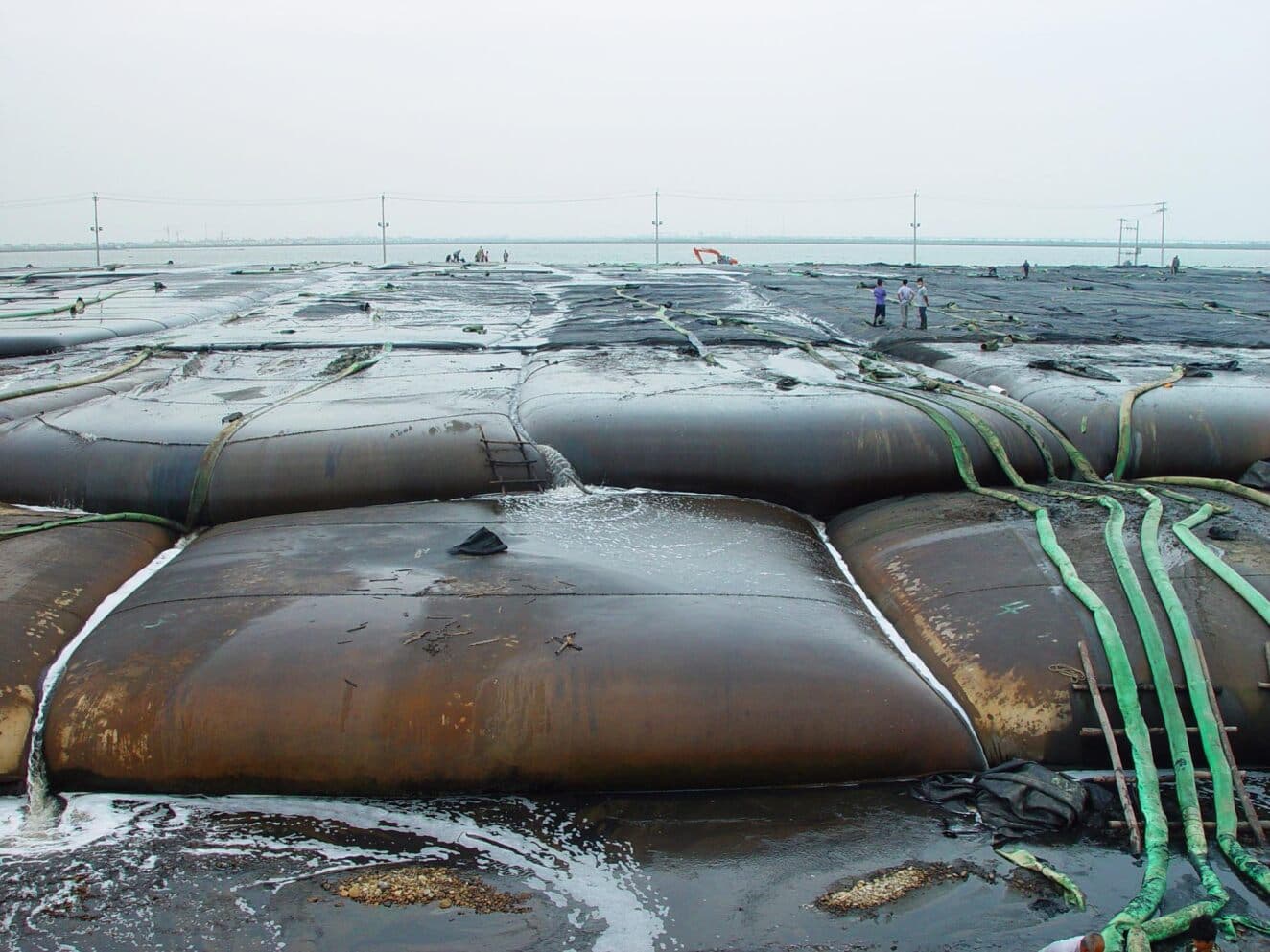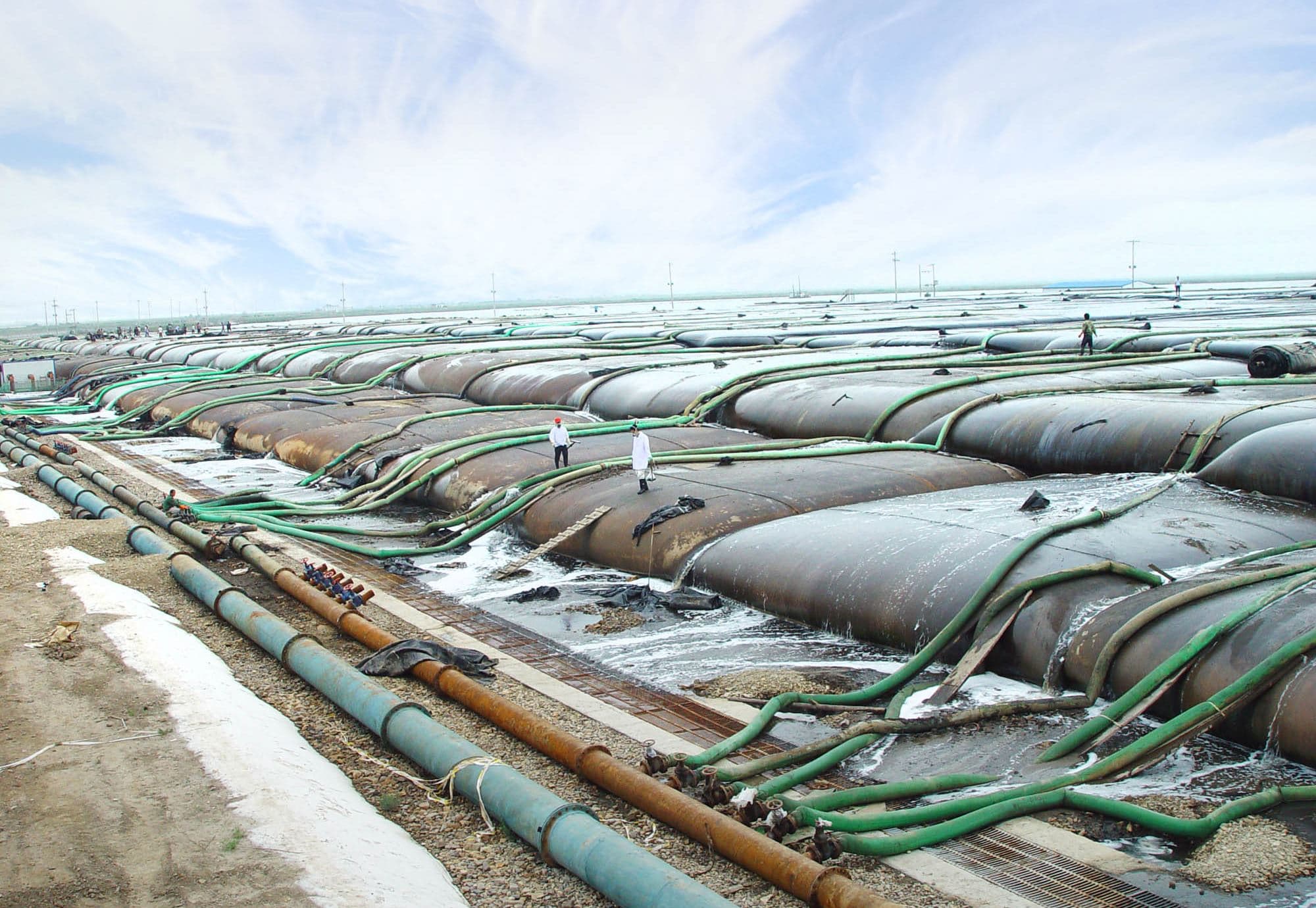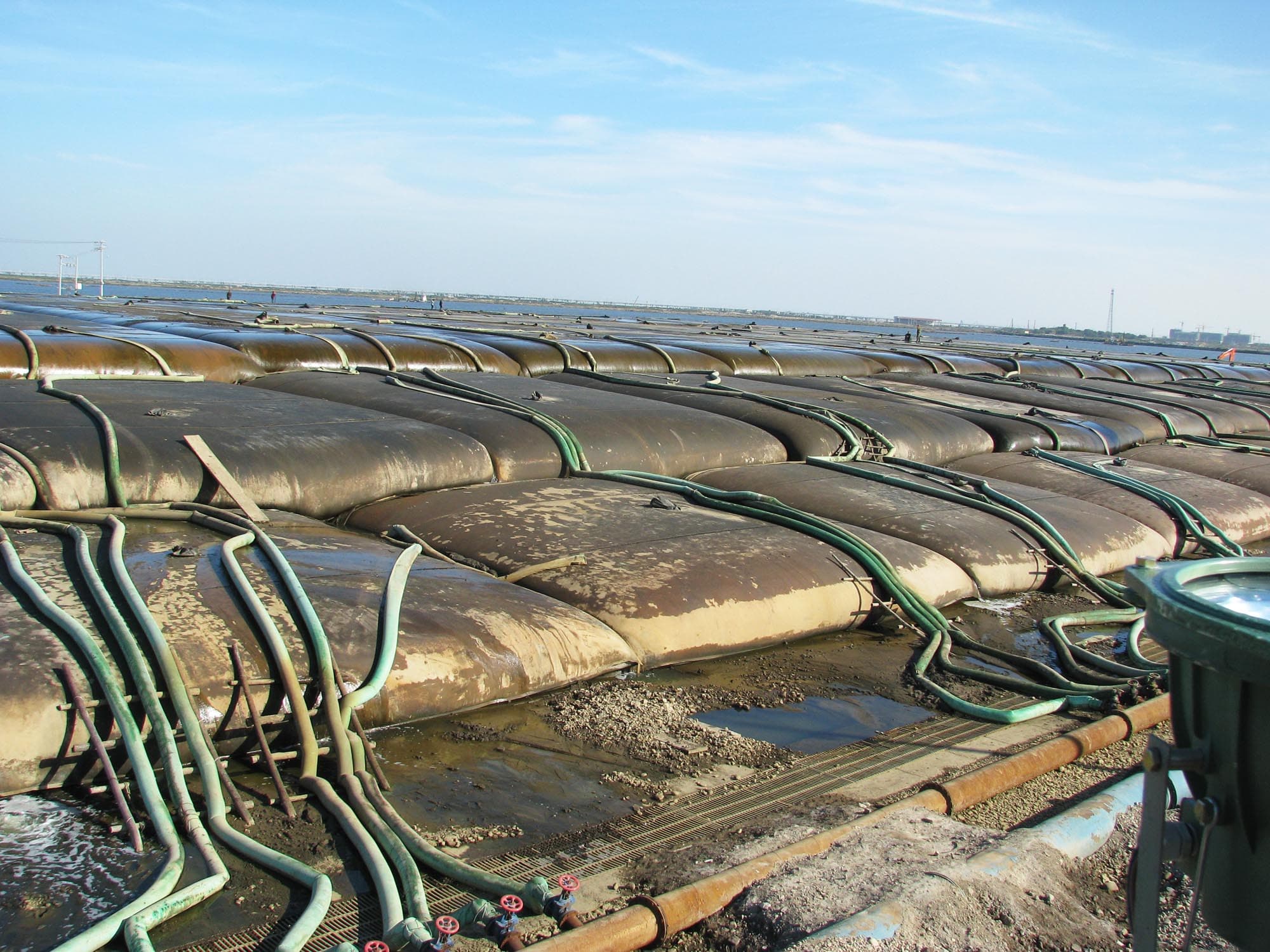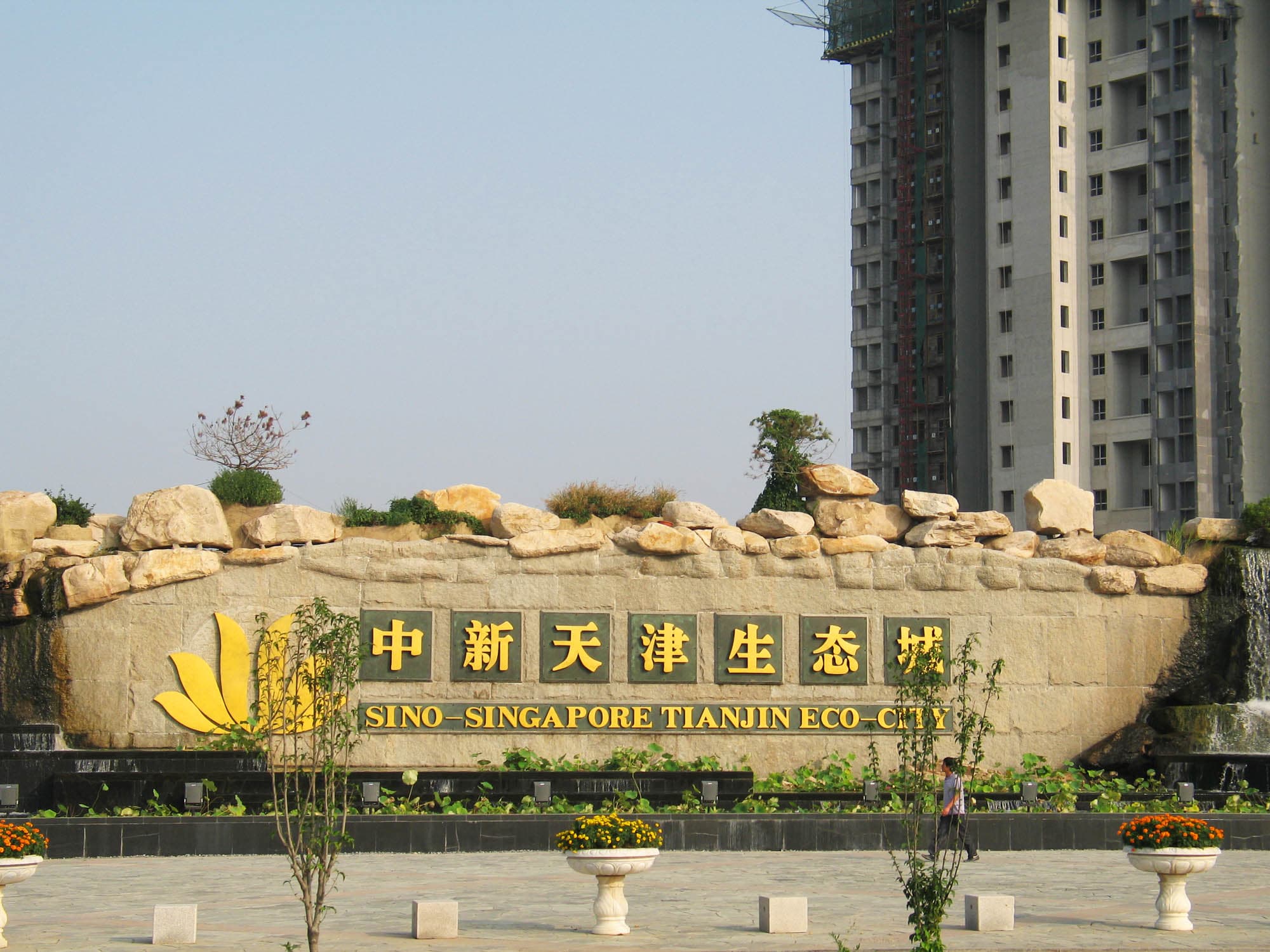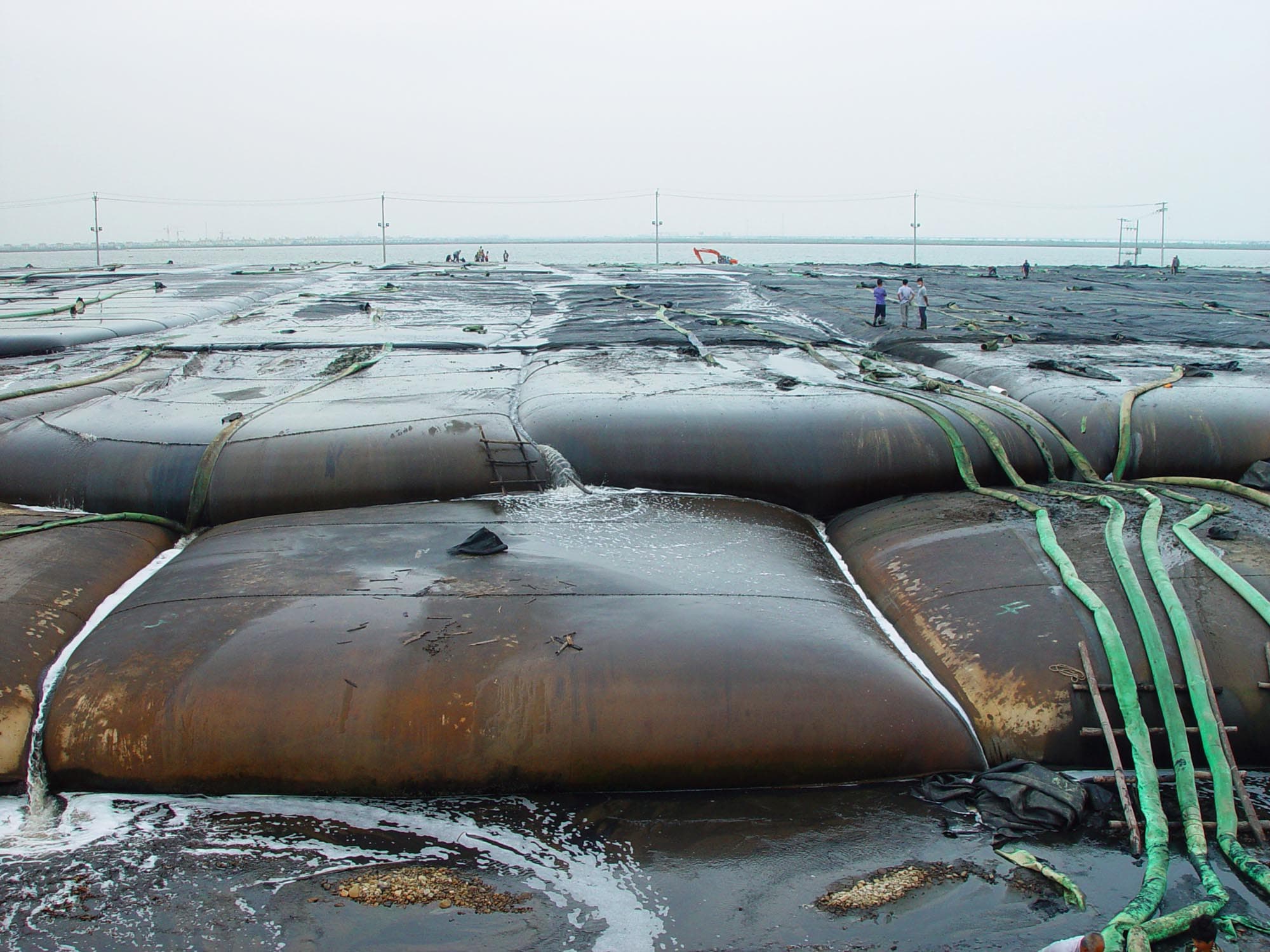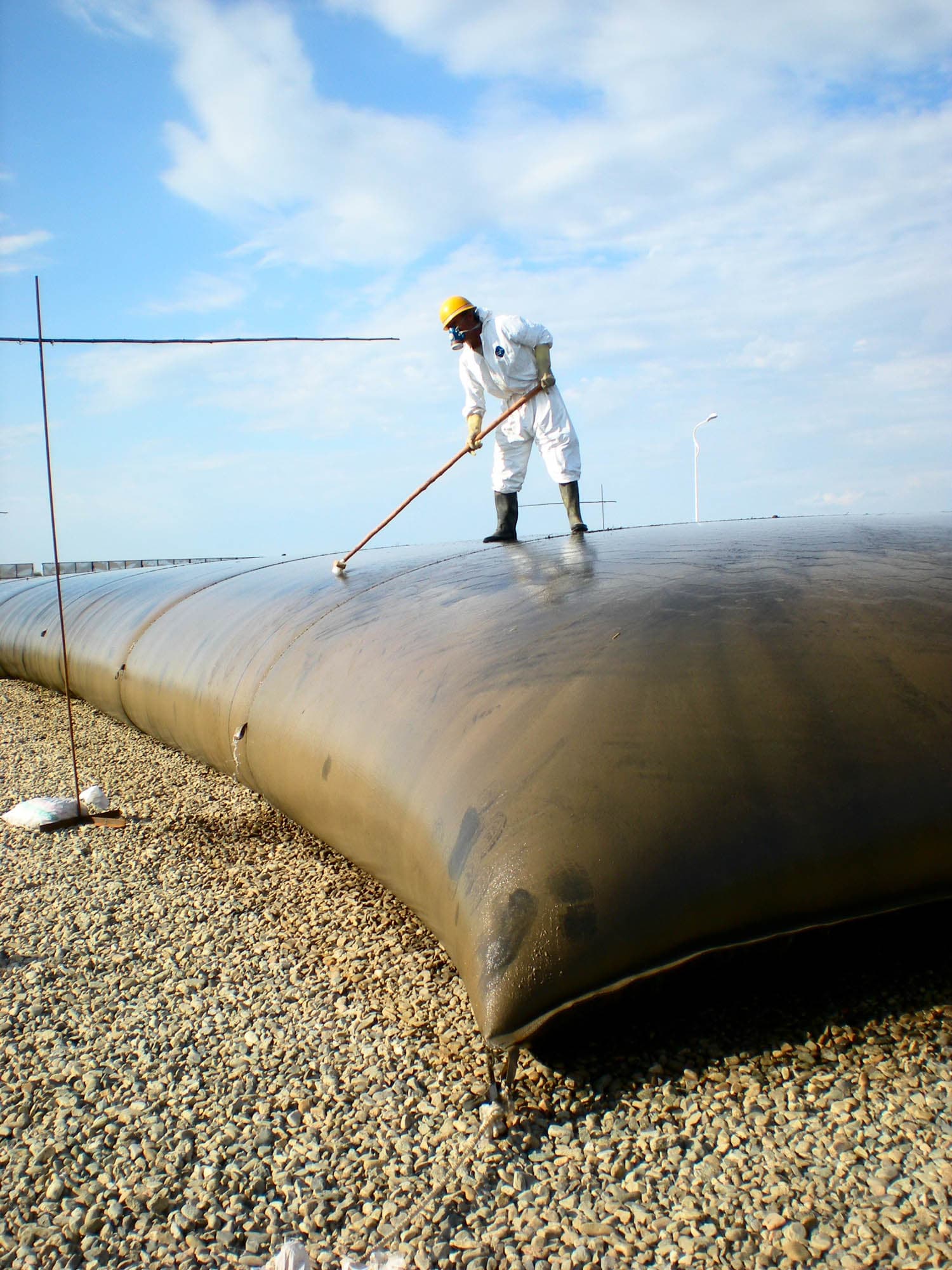Overview
Tianjin Eco-City is a 30 km² (11.6 miles²) modern township project jointly developed by the governments of Singapore and China. It is located 40 km (25 miles) from Tianjin and 150 km (93 miles) southeast of Beijing in Northeast China. The project aims to build 100,000 sustainable homes for 350,000 residents by 2020, incorporating sustainable technologies such as solar and wind power, innovative wastewater treatment, and seawater desalination. The goal of Tianjin Eco-City is to create a socially harmonious, environmentally friendly, and resource-efficient city that serves as a role model for future developments in China.
Challenge
In the early 1970s, the Hangu District Council converted a low-lying area into a wastewater impoundment lake by constructing a 3m (9.8ft) high perimeter earth levee. The lake, covering an area of about 3.0 km² (1.2 square miles) with a capacity of 5.6 million m³ (1.5 billion gallons), received untreated domestic and industrial wastewater from the Hangu District starting from mid-1976. The water and sediments in the lake are contaminated with various pollutants. As part of the development of Tianjin Eco-City, a plan was implemented to remediate the wastewater impoundment lake. The cost of the project was estimated at USD 230 million, involving the dredging and disposal of approximately 5 million m³ (6.5 million cubic yards) of contaminated sediments. The contaminated water would be treated at a water treatment plant to be constructed adjacent to the impoundment lake.
Solution
The GEOTUBE® dewatering containers were used to contain the dredged slurry and remove water from the material, achieving a consistency similar to compacted borrowed material. This solution was chosen to make beneficial use of the dredged contaminated sediments.
Vakidation trials for the GEOTUBE solution
Several tests were conducted to determine the most suitable dewatering fabric and chemical accelerant. A full-scale prototype test was carried out to assess the performance of the dewatering tube system. The results confirmed the effectiveness of the GEOTUBE dewatering technology in managing large quantities of dredged contaminated sediments within a short period of time.
GEOTUBE dewatering platform
The dewatering tube facility was located on a reclaimed site on the western side of the impoundment lake, covering an area of approximately 120,000 m² (1.3 million square feet) with a maximum length of about 760 m (2,493 feet) and a maximum width of about 230 m (754 feet). The facility was designed similarily to a landfill, featuring a geomembrane liner for liquid isolation and a drainage system for collecting and removing effluent water. The GEOTUBE dewatering platform was constructed in early 2010.
GEOTUBE dewatering operations
Three dredges with a combined pumping capacity of 3,000 m³/h (3,942 cubic yards per hour) were used to supply sediment slurry to the dewatering platform. On average, the pumping rate ranged from 1,500 to 2,000 m³/h (1,971 to 2,628 cubic yards per hour). The sediment slurry was delivered via a floating pipeline across the impoundment lake, connected to an onshore pipeline network. Steel pipe outlets of 160 mm (6.3 inches) in diameter with gate control valves were strategically positioned along the onshore pipelines.
